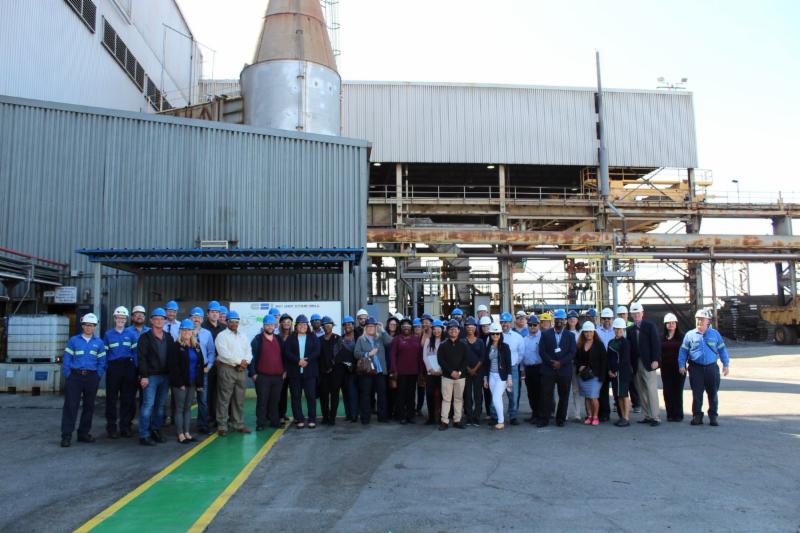
October 16, 2018
Recently, I went on a tour of California Steel Industries (CSI), the leading producer of steel in the western United States, and walked through the steel mill and the pipe mill. You’ll see a video of the steel manufacturing process below. It is quite an interesting process; however, as amazing as it is to see, what is even more impressive is the dedication and passion of the employees who took us on the tour. What I thought was most impressive is how the team members enjoyed the culture.

IEEP Regional Academy _ CSI
CSI Manufacturing Process
CSI has never had a layoff although they have used their employees not just to fill temporary roles but also to perform all services during tough years. This dedication shines through. For example, the pipe mill supervisor had a lot of pride as he told us about his story and the fact that it is the newest pipe mill in the world yet it is housed in the oldest building at CSI. Perhaps progress follows passion in CSI’s case….
One tip to implement this week:
Culture seems to be popping up at every turn lately (tours, Harvey Mudd executive roundtables, successful CEO feedback) as key to success. Have you thought about your culture and the impact on your employees and progress? For example, on a tour, would your employees talk to the process and leave it at that? Or would they talk about how much they enjoy working there? Perhaps we should all “take a tour” of our facilities and find out.
If culture is simply as my consulting mentor Alan Weiss defines it (as that set of beliefs that govern behavior), it is quite simple. The issue is that it isn’t easy to build. How might we create that set of beliefs that govern behavior? Perhaps we start by deciding what we are willing to stand up for – and not waver from when the “going gets tough”. If your influencers start believing in your culture, it will spread. The trick is the only way I’ve ever seen influencers believe is by gaining their trust and respect and showing them (not telling them) what your new culture supports.
Why not start by simply thinking about what beliefs you support currently (whether intentional or unintentional)? Can you see the impact of these beliefs in your culture? The first step to any progress is to fully understand where you are now.


